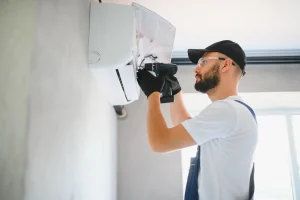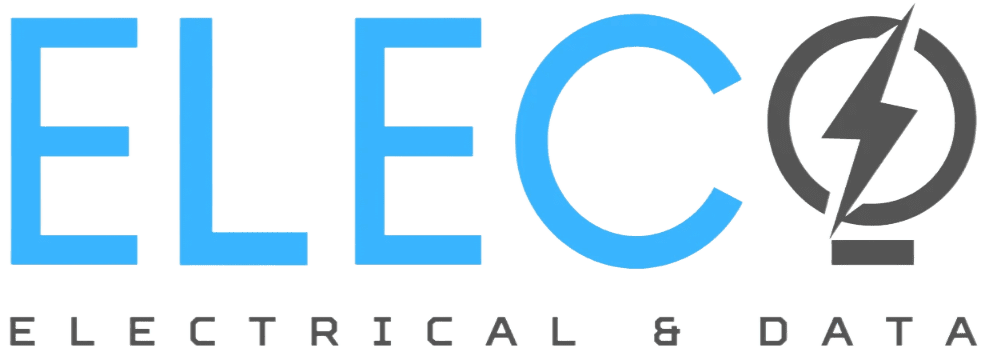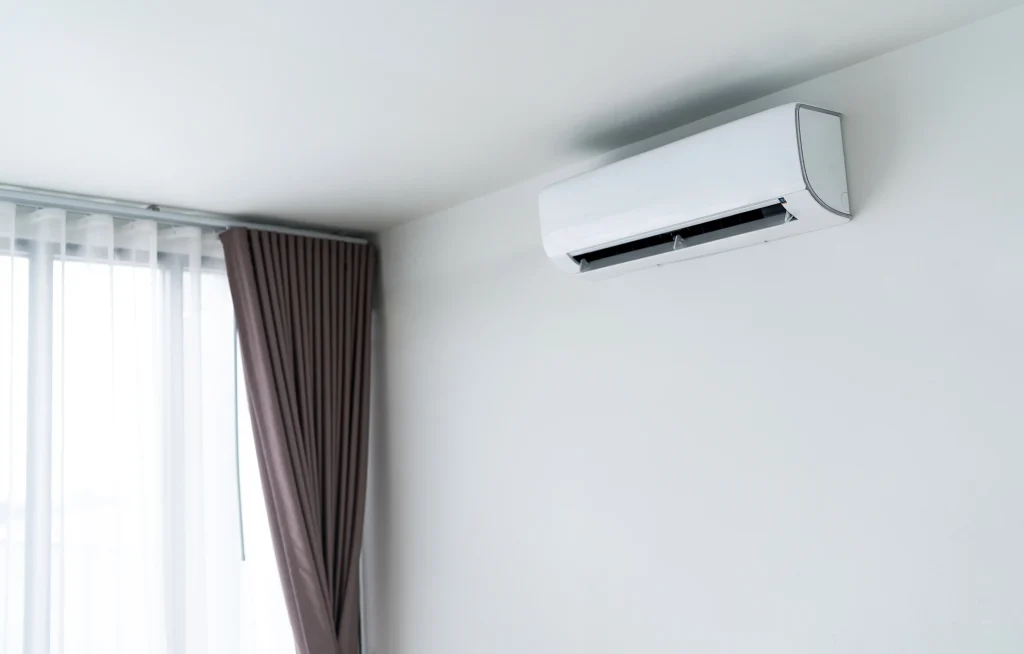Choosing the right split system installation for your home in Mill Park is more than a matter of comfort; it’s a smart, long-term investment in energy efficiency and indoor climate control. Whether you’re building, renovating, or upgrading an older system, understanding what influences the cost of installation can help you make better decisions and avoid unexpected expenses. Many homeowners are surprised to learn that costs can vary widely depending on factors like the system’s size, placement, and electrical requirements.
Mill Park’s mix of modern homes and established properties means installation conditions can vary significantly from house to house. Factors such as ceiling height, access to outdoor areas, and existing wiring infrastructure all play a role. That’s why it’s important to assess not only the unit itself but the overall installation environment, especially when replacing older systems or fitting multiple rooms with split system units.
By planning your split system installation with these key factors in mind, you’ll be well-equipped to choose the right setup for your home. This guide covers the critical elements that influence cost, ensuring you get the best value without compromising on comfort or compliance.
What is a Split System Air Conditioner?
A split system air conditioner consists of two units, an indoor unit and an outdoor compressor unit, connected by refrigerant piping. Unlike old-school bar heaters or evaporative coolers, modern split systems use reverse-cycle technology. In practice, this means they move heat rather than create it. In winter, they pull heat from outside into your home, and in summer, they dump indoor heat outside.
Split systems come in various styles, the most common being wall-mounted split systems. You’ll also see floor console models, ceiling cassettes, and multi-split systems (where 2+ indoor units share one outdoor compressor). The indoor units blow conditioned air into the room, and each is sized for a room’s cooling/heating load.
Key Factors Affecting Installation Cost
Installing a split system is not a one-size-fits-all deal. Several key factors influence the final price tag. Here are the big ones to consider:
System size and number of units:
A 2.5 kW unit for a small bedroom is much cheaper than a 7 kW unit for a living room. Likewise, having multiple units means more equipment and labour. Each additional indoor unit adds parts and installation time.
Installation complexity:
Think of this like custom tailoring versus off-the-rack clothes. If your indoor unit is high on a wall, or the only convenient spot for the outdoor condenser is on a tall bracket or rooftop, expect higher labour costs. Long runs of refrigerant pipe, difficult wall penetrations, or tight workspaces all add time.
Electrical work and infrastructure:
Many older homes lack the extra circuit needed for a new split system. Upgrading the switchboard, adding RCD (safety switches), or installing a dedicated high-current line can add to the bill. Even if the old system’s wiring suffices, the code requires new aircons to be connected properly. Factor in a licensed electrician if upgrades are needed.
Energy efficiency and technology:
High-tech features and star ratings cost more upfront. Inverter-driven models are pricier than basic on/off units, but they pay off in lower power bills. Likewise, an energy-efficient split system with a 5–7 star rating will consume far less energy than a 1–2 star model.
As Australia’s Energy Rating program explains, the more stars there are, the more money you will save on running costs. In other words, that expensive 6-star unit might seem costly now, but it often cuts electricity use by half compared to a low-star one.
Additional materials and removal:
Don’t forget the extras. Brackets, concrete pads, conduit, drainage pipes, insulation tape, these little things add up. If you’re replacing an old system, there’s also the cost of safely removing and disposing of the old refrigerant and unit. Some rebates even require decommissioning the old heater.
Timing and demand:
It’s seasonal. During scorching summer months, installers are busier and may charge rush rates than in spring or autumn. Booking in advance or off-peak can sometimes save on labor surcharges.
To visualize, here’s a quick summary table of these factors:
| Factor | Impact on Price |
| Size & # of units | More kW capacity and extra indoor units = more equipment and labour needed. |
| Installation complexity | High walls, long pipe runs, and tricky positioning add labor/time. |
| Electrical upgrades | New circuits, switchboard upgrades, or RCDs required will increase costs if the home wiring is old. |
| Energy efficiency & features | High-efficiency models and smart features cost more upfront but save over time. |
| Additional materials | Brackets, stands, conduits, drain pipes, etc., all cost extra. Removing old unit/refrigerant adds fees. |
Choosing the Right System for Your Home
The type of split system you choose also plays a big role in cost: a single-unit wall-mounted system is usually cheaper to install per room than more elaborate setups. For example, a multi-split system (one outdoor unit serving 2–4 rooms) can be very convenient and save outdoor space, but it’s more complex to pipe and balance. Likewise, cassette-style or ducted mini-split systems require extra planning and expense.
For most Mill Park homes, a simple wall-mounted split system is the go-to choice. These have a single high-wall indoor unit and one outdoor compressor, which keeps installation straightforward. If you have multiple rooms to cool, you can either install multiple wall units or go for a multi-split. The former spreads cost linearly, while the latter can be slightly more cost-effective overall but has a higher single price tag.
If you’re replacing an old air conditioner or heater, there may be costs to remove the old unit and close up holes. On the upside, replacing old systems can trigger rebates. For instance, under Victoria’s energy program, you can get up to $840 back for swapping an electric resistance heater with a high-efficiency split system.
Maintenance and Longevity
Proper split system maintenance affects not just performance but also long-term cost. An efficiently running unit stays out of the repair shop. Thankfully, most routine care is simple. The homeowner should regularly clean or replace the indoor filters and keep the outdoor unit free of leaves and debris. The Australian government recommends wiping down louvres and filters and booking an annual service with a licensed technician. A good habit is to pre-book servicing in spring so your unit is ready for the hot weather.
Here are some maintenance tips:
- Filter care: Clean or vacuum filters monthly. If filters are neglected, airflow is reduced, and the unit works harder.
- Outdoor unit check: Ensure the outside compressor has clearance and the fins are clean. Trim back plants and remove any rubbish near them.
- Professional servicing: Every year or two, have a qualified technician check the refrigerant level, electrical connections, and drain lines. Licensed pros will spot issues before they become big problems, saving you costly repairs down the track.
- Smart operation: Simple habits help too, for example, keeping blinds drawn during peak sun or not cooling an empty house. Every degree you crank down can boost your power use by ~5–10%, so use programmable thermostats or timers wisely.

A well-maintained split system can last 10-15 years, but neglect can shorten its lifespan. In other words, a bit of care now means fewer surprises and more savings later.
Energy Efficiency and Rebates
Since running costs add up, choosing the right system and rating is crucial. Look for units with high Energy Rating stars, a 5–7 star split-system may cost more to install than a low-star one, but it will slash your power bill over its life. The Zoned Energy Rating label on each wall unit will show the stars and estimated annual kWh for your climate zone. As the Energy Rating authority puts it, more stars = more savings. In practical terms, a modern inverter split-system often costs half as much to run as an old non-inverter model.
In Victoria, there’s another bonus: rebates and discounts. The Victorian Energy Upgrades scheme offers cash back for upgrading to efficient air conditioning. For example, installing a high-efficiency reverse-cycle split system can yield rebates up to $840 if you meet the criteria. There are also incentives for replacing old gas heaters with splits. These can significantly offset installation expense. Always check the current state government schemes before you buy; they change periodically, but can mean serious savings.
Lastly, don’t overlook installation quality. A perfectly installed system runs best. As a rule of thumb, hire ARC-licensed installers who follow Australian Standards. They’ll position the units for good airflow and easy maintenance. And while the upfront cost of a certified pro may be higher than a bargain deal, the warranty coverage is worth it.
Making the Most of Your Split System
Understanding the true cost of split system installation in Mill Park means looking beyond just the price tag of the unit itself. Factors such as installation complexity, unit type, energy efficiency ratings, and necessary electrical upgrades can all impact the final cost. Making an informed choice starts with assessing your home’s layout, comfort needs, and long-term energy savings.
Whether you’re upgrading an outdated system, installing air conditioning in a new build, or simply improving your home’s year-round climate control, it pays to consider both short-term costs and long-term benefits. Energy-efficient split systems offer significant savings over time, especially when maintained properly and installed by licensed professionals who understand local requirements.
At Eleco Electrical & Data, we specialise in professional split system installation and repair across Mill Park and surrounding suburbs. Our experienced team provides tailored advice, transparent quotes, and compliant, high-quality workmanship. Ready to upgrade your home’s comfort? Contact us today for expert service you can trust.
FAQs:
-
What affects the cost of split system installation in Mill Park?
The main factors include unit size, type of system, installation complexity, electrical upgrades, and energy efficiency ratings. Labour rates and seasonal demand also play a role.
-
Do split system air conditioners require regular maintenance?
Yes, regular filter cleaning, outdoor unit checks, and professional servicing every 1–2 years help extend the lifespan and maintain efficiency.
-
Are your installers fully licensed and insured?
Yes, all our technicians are fully licensed, ARC-certified, and insured. We ensure every installation complies with Australian Standards and local building codes for maximum safety and performance.


